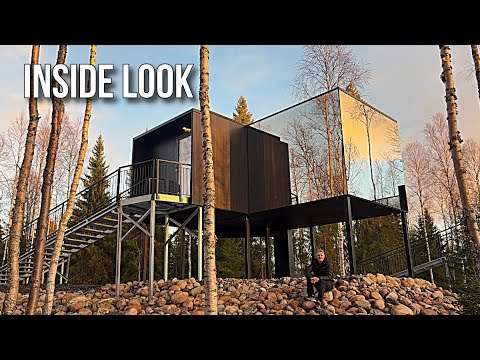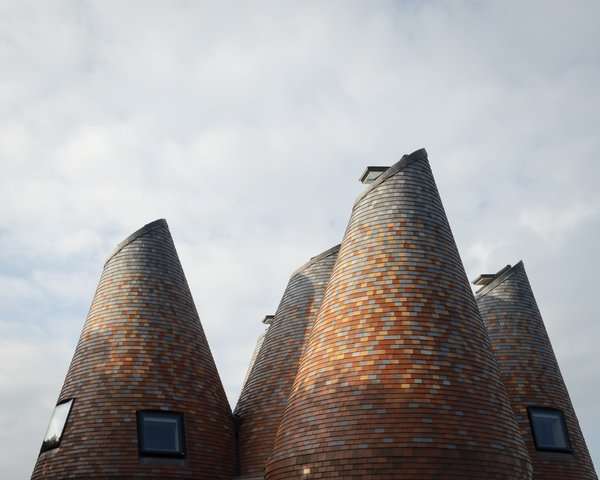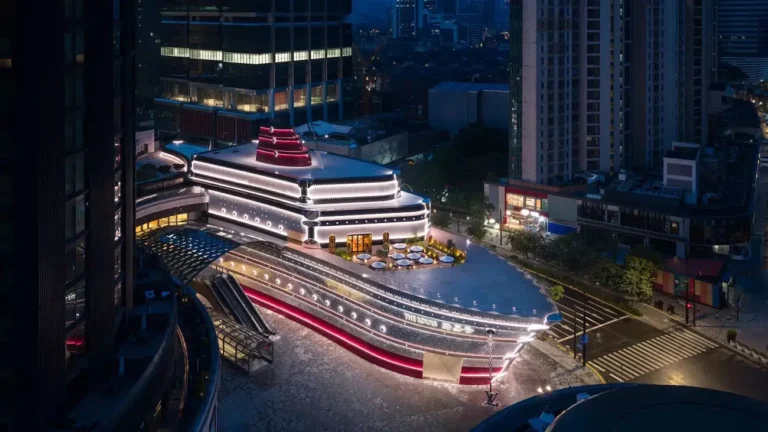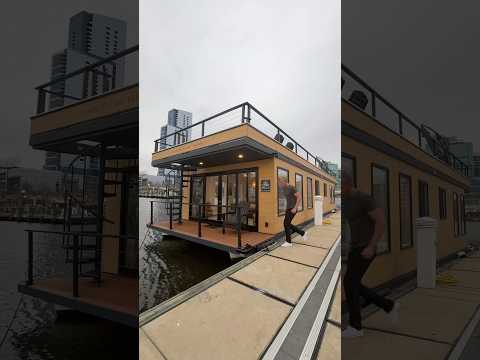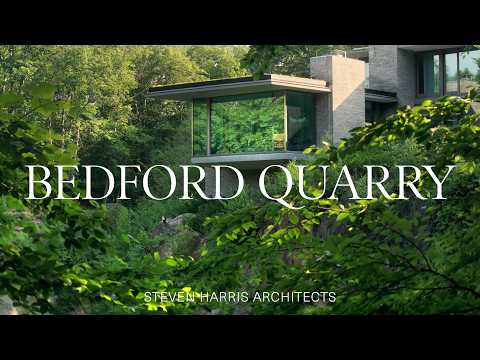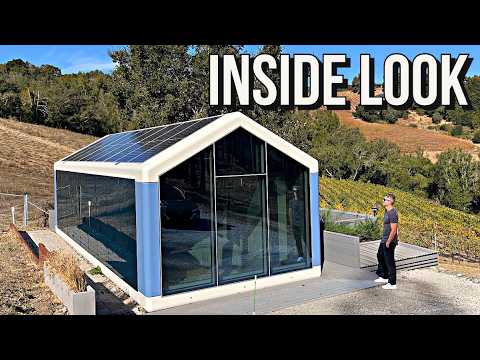A light renovation connects this Sydney home with its lushly landscaped grounds.
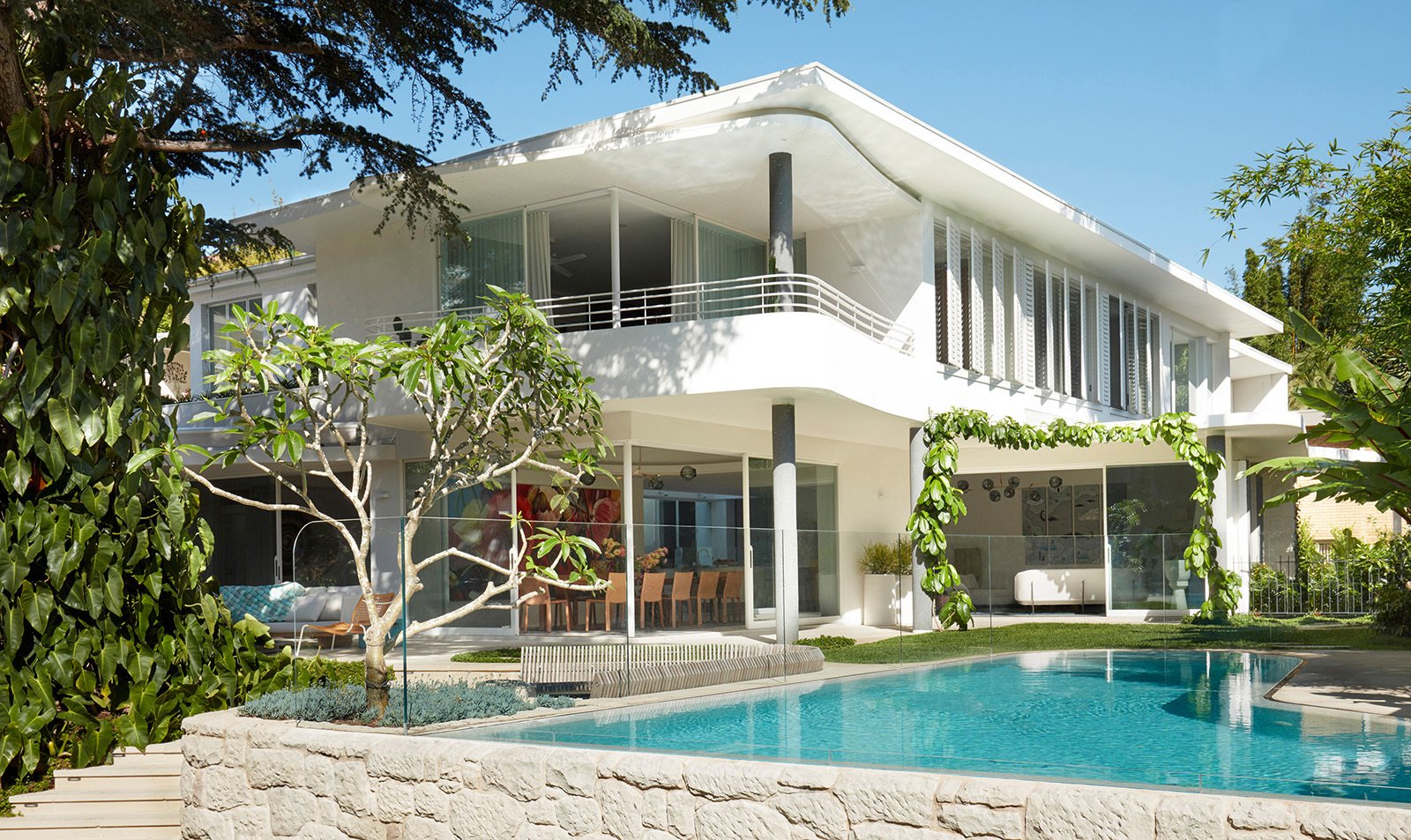
This home in Sydney, Australia, was designed in 1963 by George Reeves—and while the owners appreciated its aesthetic, they wanted to improve connections between its indoor and outdoor spaces. To achieve this goal, Luigi Rosselli Architects restored the interior and introduced skylights and floor-to-ceiling windows.
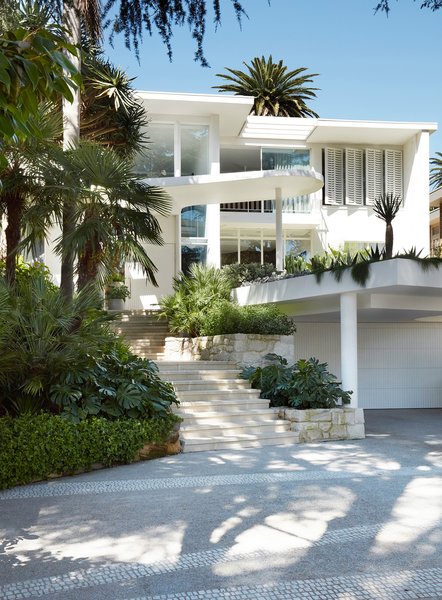
A light renovation connects this Sydney home with its lushly landscaped grounds.
Photo: Prue Ruscoe
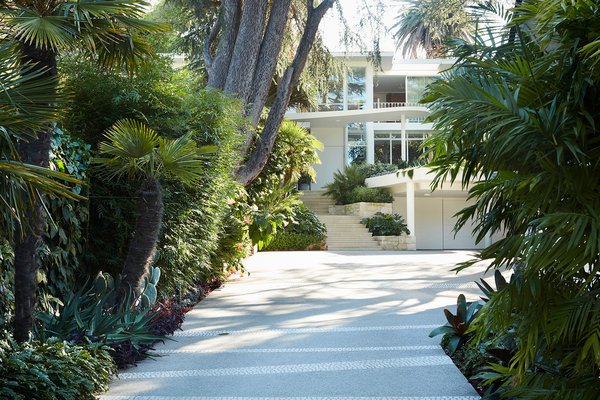
Photo: Prue Ruscoe
“Influences from the work of legendary Brazilian architect, Oscar Niemeyer are evident throughout the house,” says the firm. “No more clearly can this be seen than in the voluptuous form of the concrete awning that covers the entry and provides the first impression one receives when approaching via the lushly planted drive.”
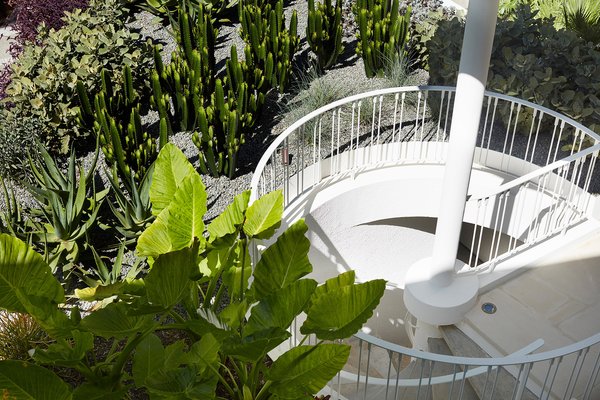
Photo: Prue Ruscoe
See the full story on Dwell.com: An Australian Home Nods to Oscar Niemeyer With Curvaceous Concrete Forms
Related stories:
- A Tranquil Home Takes Root in a Glorious Grove of Oak Trees
- Before & After: A Run-Down Row House in Pennsylvania Gets Adventurous With Color
- An Engineer Builds the Net-Zero Passive House of His Dreams in West Vancouver
